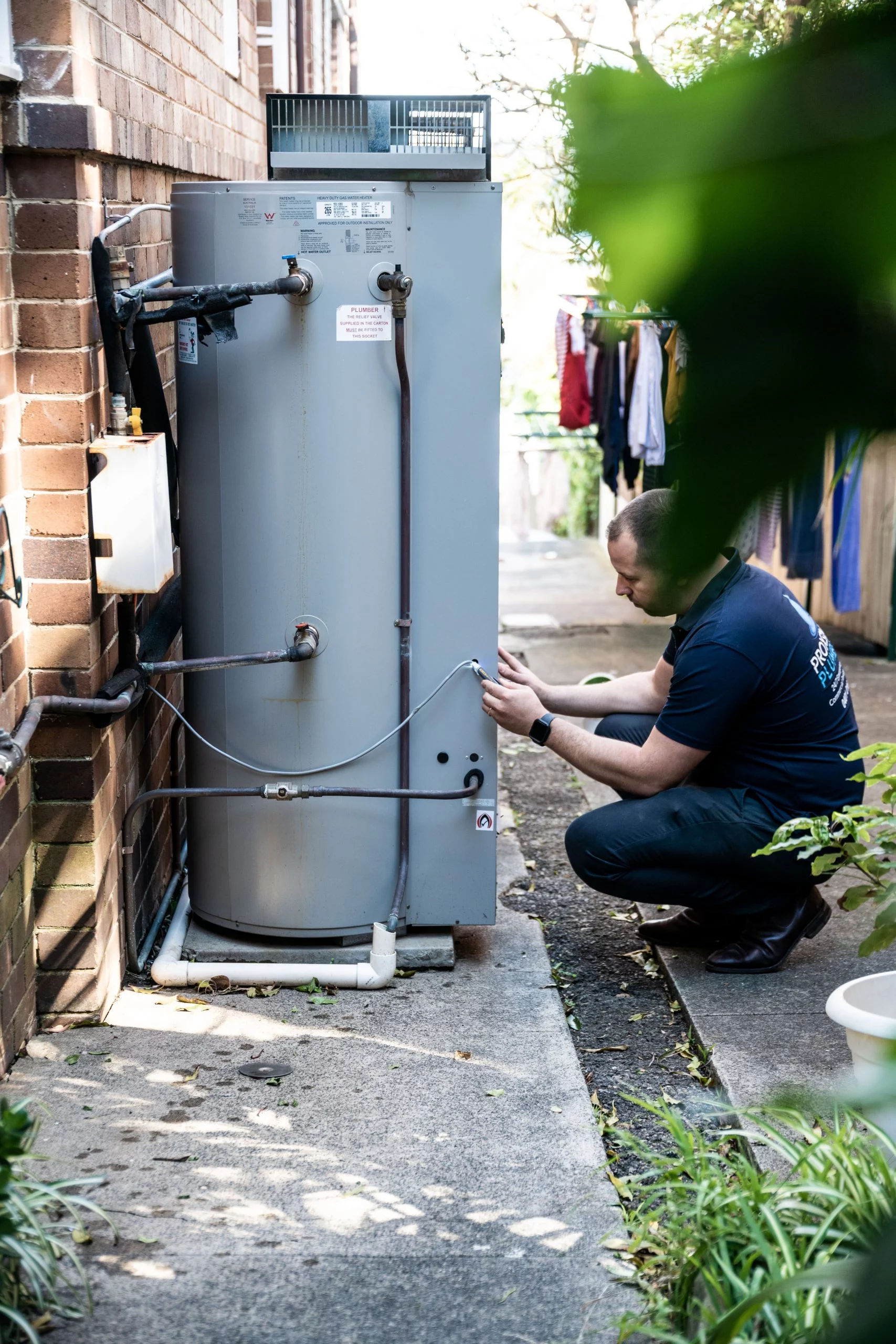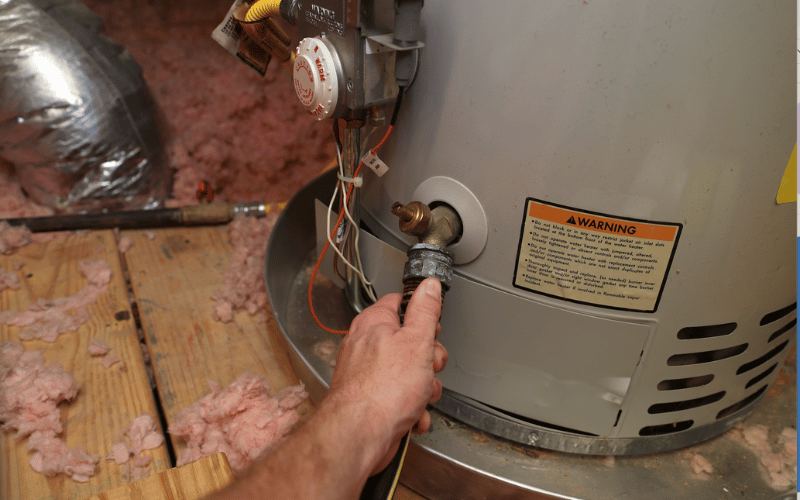The article author is making a number of great points on How to Maintain Your Water Heater & Prolong its Life in general in this content which follows.

Hot water is vital for everyday comfort, whether it's for a revitalizing shower or washing dishes. To ensure your warm water system runs successfully and lasts much longer, regular maintenance is essential. This article provides functional pointers and understandings on just how to preserve your home's warm water system to prevent disruptions and expensive repair services.
Intro
Keeping your home's warm water system may seem difficult, but with a few simple actions, you can guarantee it operates smoothly for several years ahead. This overview covers whatever from recognizing your hot water system to DIY upkeep ideas and knowing when to call in professional help.
Relevance of Preserving Your Warm Water System
Routine maintenance not only extends the lifespan of your hot water system but also guarantees it runs effectively. Ignoring maintenance can bring about reduced effectiveness, higher energy costs, and also early failure of the system.
Signs Your Hot Water System Needs Upkeep
Understanding when your hot water system needs focus can protect against significant problems. Look out for signs such as irregular water temperature level, unusual sounds from the heating unit, or rustic water.
Purging the Hot Water Heater
Flushing your water heater gets rid of sediment buildup, boosting performance and extending its life.
Checking and Changing Anode Rods
Anode rods prevent deterioration inside the storage tank. Examining and changing them when broken is important.
Facility Problems Requiring Specialist Assistance
Examples consist of significant leaks, electric problems, or if your hot water heater is consistently underperforming.
Routine Specialist Maintenance Perks
Professional maintenance can include detailed assessments, tune-ups, and making sure conformity with safety criteria.
Evaluating and Readjusting Temperature Setups
Readjusting the temperature setups makes certain optimal efficiency and safety and security.
DIY Tips for Upkeep
You can carry out several upkeep tasks on your own to keep your warm water system in top condition.
Looking for Leaks
Regularly check pipes and links for leakages, as these can lead to water damages and greater bills.
Recognizing Your Hot Water System
Prior to diving into upkeep tasks, it's practical to comprehend the fundamental components of your hot water system. Typically, this includes the water heater itself, pipes, anode rods, and temperature controls.
Regular Monthly Upkeep Tasks
Regular regular monthly checks can help capture small problems before they rise.
Evaluating Pressure Relief Valves
Evaluating the pressure safety valve guarantees it operates appropriately and prevents too much pressure buildup.
Protecting Pipelines
Shielding warm water pipelines reduces heat loss and can save energy.
When to Call a Professional
While DIY maintenance is valuable, some issues require professional competence.
Conclusion
Regular maintenance of your home's hot water system is important for effectiveness, longevity, and cost savings. By following these tips and knowing when to seek professional aid, you can make certain a trusted supply of warm water without unexpected disruptions.
How to Maintain an Instant Hot Water Heater
Before tinkering with your hot water heater, make sure that it’s not powered on. You also have to turn off the main circuit breaker and shut off the main gas line to prevent accidents. Also turn off the water valves connected to your unit to prevent water from flowing into and out of the appliance. 2. When you’re done, you have to detach the purge valves’ caps. These look like the letter “T” and are situated on either side of the water valves. Doing so will release any pressure that has accumulated inside the valves while at the same time avoid hot water from shooting out and burning your skin. 3. When the purge valves’ caps are removed, you have to connect your hosing lines to the valves. Your unit should have come with three hoses but if it didn’t, you can purchase these things from any hardware or home repair shops. You can also get them from retail stores that sell water heating systems. Read the user’s manual and follow it to complete this task properly. When the hosing lines are connected, open the purge port’s valves. 4. You should never use harsh chemical cleaners or solutions when cleaning your unit. Make use of white vinegar instead. It should be undiluted and you’ll probably use about 2 gallons. 5. Now flush your water heater. This task should probably take about 40 minutes. We can’t give you specific directions for this because the procedure is carried out depending on the type, model and brand of your heater. With that being said, refer to the user’s manual. 6. When you’re done draining the unit, you have to turn off the purge port valves again. Remove the hosing lines that you earlier installed on each of the water valves. Put the valve caps (purge port) back in their respective places and be very careful so as not to damage the rubber discs that are found inside these caps. 7. Now that everything’s back in place, check your user’s manual again to find out how to reactivate your water heating system. 8. Once it is working, turn one of your hot water faucets on just to let air pass through the heater’s water supply pipes. Leave the tap on until water flows smoothly out of it. https://www.orrplumbing.com/blog/2014/september/how-to-maintain-an-instant-hot-water-heater/

Hopefully you liked our section on What Kind of Maintenance Do Water Heaters Need?. Thanks a lot for taking a few minutes to read through our blog. You should take the opportunity to share this blog post if you enjoyed it. Thank you so much for going through it.
Call Today